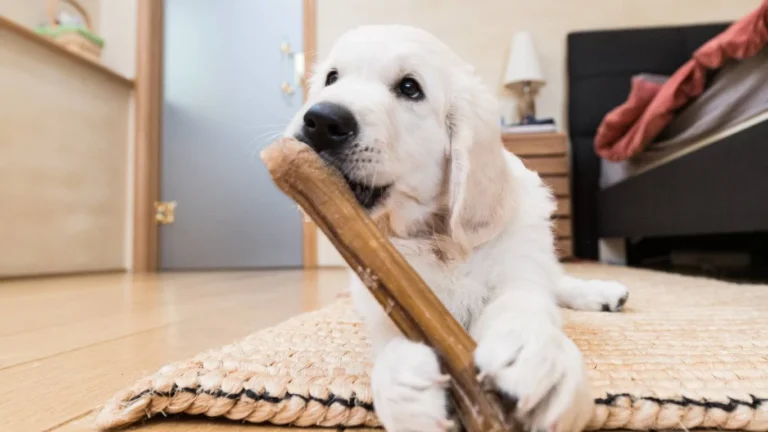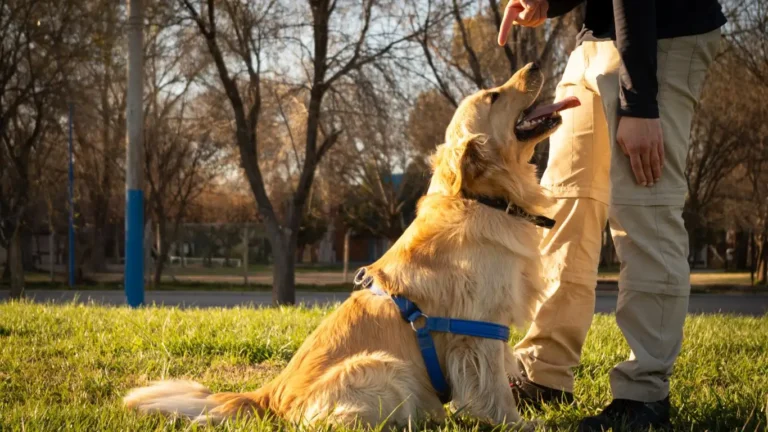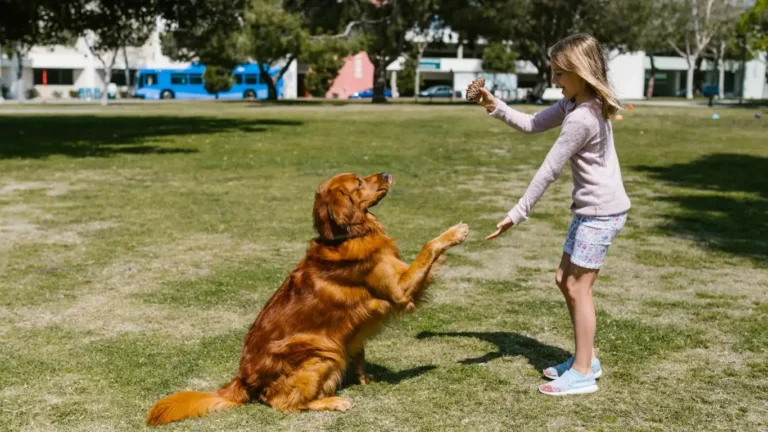How to Train a Dog to Stay Quiet in the Crate Overnight Fast
If you’ve ever found yourself pacing the floor at 2 a.m. because your dog just won’t stop barking or whining in their crate, you’re definitely not alone. Learning how to train a dog to stay quiet in the crate overnight is a common challenge many dog owners face—and trust me, it’s totally doable. With years of experience as a Canine-Assisted Therapy Trainer, I’ve worked with all sorts of pups, from anxious puppies to stubborn adults, and I’ve picked up some solid tips that really work. The goal here is simple: helping your dog feel calm, safe, and quiet in their crate so everyone gets a good night’s sleep.
Understanding Why Dogs Bark or Whine in Their Crate
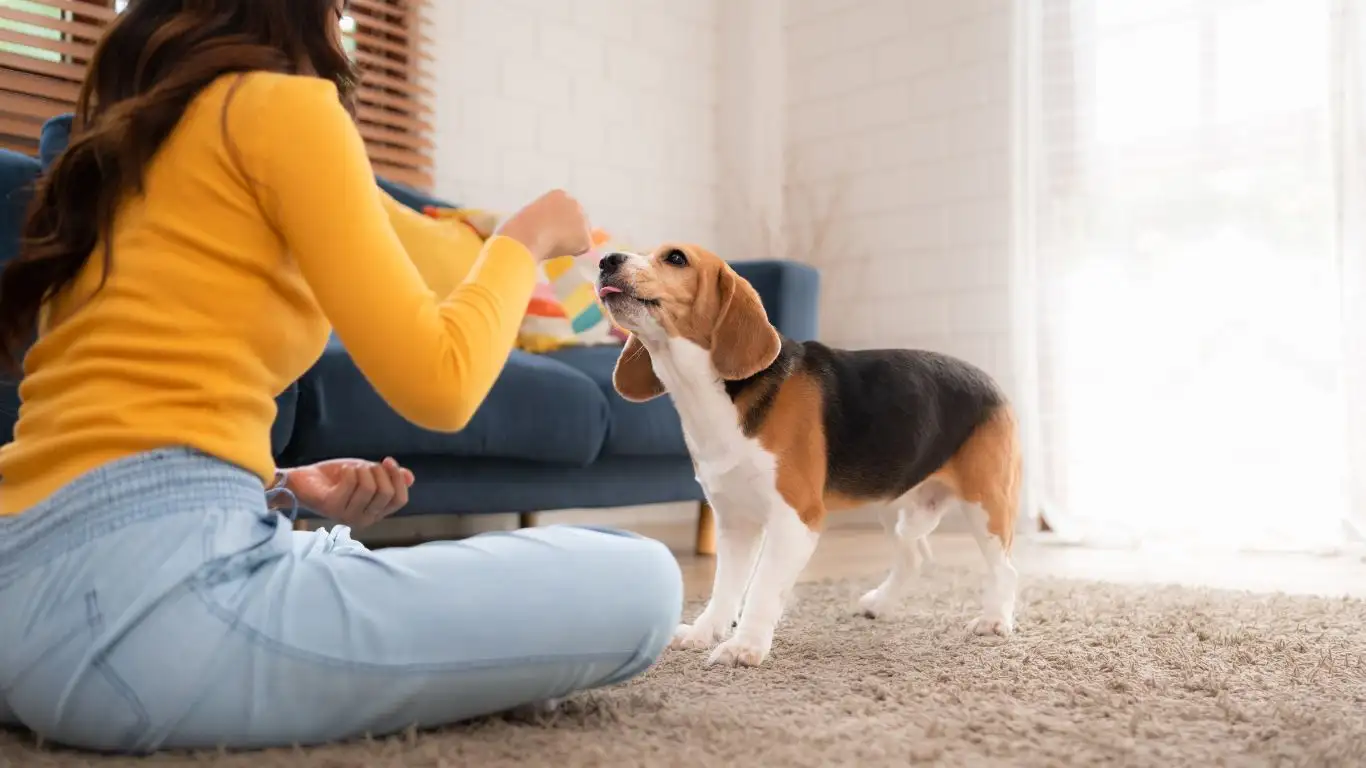
Before jumping into training techniques, it’s important to understand the reasons behind your dog’s nighttime noise. Dogs don’t bark or whine just to annoy us—they’re trying to communicate something. From my experience, some common causes include:
- Separation anxiety: Your dog feels uneasy being alone and vocalizes to seek comfort.
- Discomfort: Maybe the crate is too small, too cold, or they need to relieve themselves.
- Lack of routine: Dogs thrive on consistency, so an irregular schedule can make them unsettled.
- Insufficient exercise or mental stimulation: A bored dog is more likely to get restless and noisy.
When you know why your dog is acting out, you can address the root cause instead of just the symptom. For example, I once worked with a client whose golden retriever would bark nonstop because his crate was placed right next to a noisy hallway. We moved the crate to a quieter spot, and the barking dropped dramatically overnight.
Creating a Comfortable Crate Environment

Choose the Right Crate
The crate itself plays a huge role in your dog’s comfort level. A crate that’s too cramped will stress your pup out, while one that’s too big can feel less like a cozy den and more like a cavernous room. From my training sessions, I always recommend sizing the crate so your dog can comfortably stand, turn around, and lie down without feeling cramped.
Make It Cozy and Inviting
Adding soft bedding and a favorite blanket or chew toy can turn the crate into a comforting safe space. One thing I’ve noticed is that dogs tend to be less vocal when they associate their crate with positive things, like treats or quiet time. If your dog is a bit anxious, adding a piece of your worn clothing inside the crate can help because they find your scent reassuring.
Control the Environment
Sound and light levels matter, too. When I’m training dogs to stay quiet overnight, I suggest:
- Placing the crate in a calm, dimly lit area away from loud noises or distractions.
- Using a white noise machine or soft music to mask sudden sounds that might startle your dog.
- Maintaining a comfortable temperature—too hot or too cold can cause restlessness.
Building a Calm Bedtime Routine

One of the best ways to help your dog stay quiet in the crate overnight is by setting a predictable, soothing routine. Dogs are creatures of habit, and when you create a reliable bedtime sequence, it signals to them that it’s time to settle down.
Exercise and Mental Stimulation
Before bedtime, make sure your dog has had plenty of physical and mental activity. A tired dog is a quiet dog, as the saying goes. I usually recommend a brisk walk or play session at least an hour before bedtime, followed by some puzzle toys or basic obedience training to help them wind down.
Quiet Time Wind-Down
About 30 minutes before crate time, start a calm, low-energy period. This can involve gentle petting, soft talking, or simply sitting near your dog’s crate. Over time, this helps your pup associate these cues with relaxation and quietness.
Keep in mind, patience is key. From my experience, dogs don’t learn to stay quiet overnight, but consistent, loving routines will make a huge difference in their behavior and your peace of mind.
Effective Training Techniques to Encourage Quiet Crate Behavior
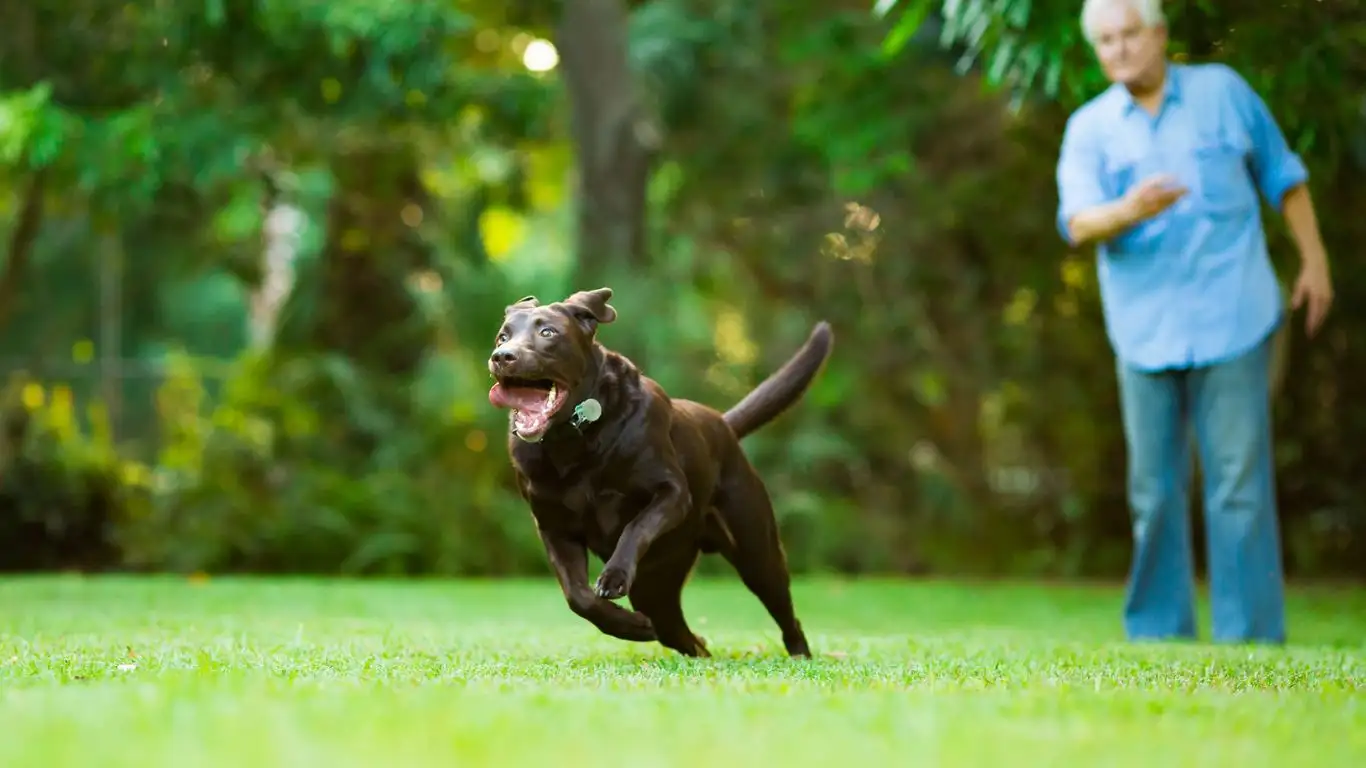
Now that you’ve got a comfy crate set up and a calming routine in place, let’s dive into some practical training techniques to reinforce quiet behavior overnight. From my years of hands-on work with therapy dogs, I’ve found that the key is combining patience with positive reinforcement — your dog needs to know that being calm and quiet in the crate gets the best results.
Start With Short Crate Sessions
Begin training during the day by having your dog spend short, pleasant periods in the crate. The trick here is to gradually build up their tolerance for being inside without stress or noise. I usually recommend starting with just 5-10 minutes of crate time while you’re nearby, rewarding your dog for calm behavior with treats or gentle praise.
This process might feel slow, but it’s essential. In one of my early cases, a rescue pup who’d never been crated before started barking the second they heard the crate door close. We took it back to basics, making sure the dog always left the crate on their own terms after short intervals. Over a few weeks, the barking stopped almost completely.
Teach a ‘Quiet’ Cue
Teaching your dog to respond to a “quiet” command can be a game changer. Here’s a simple way to do it:
- Wait for your dog to stop barking or whining naturally, even if just for a second.
- The moment they are quiet, say “quiet” in a calm but clear voice.
- Immediately reward with a treat and praise.
- Repeat this consistently, gradually increasing the quiet time before rewarding.
Once your dog starts to understand the cue outside the crate, practice it during crate time. This method helped one of my therapy dogs who was initially very vocal at night. With consistent use, the cue became his cue to settle down.
Managing Nighttime Whining and Barking
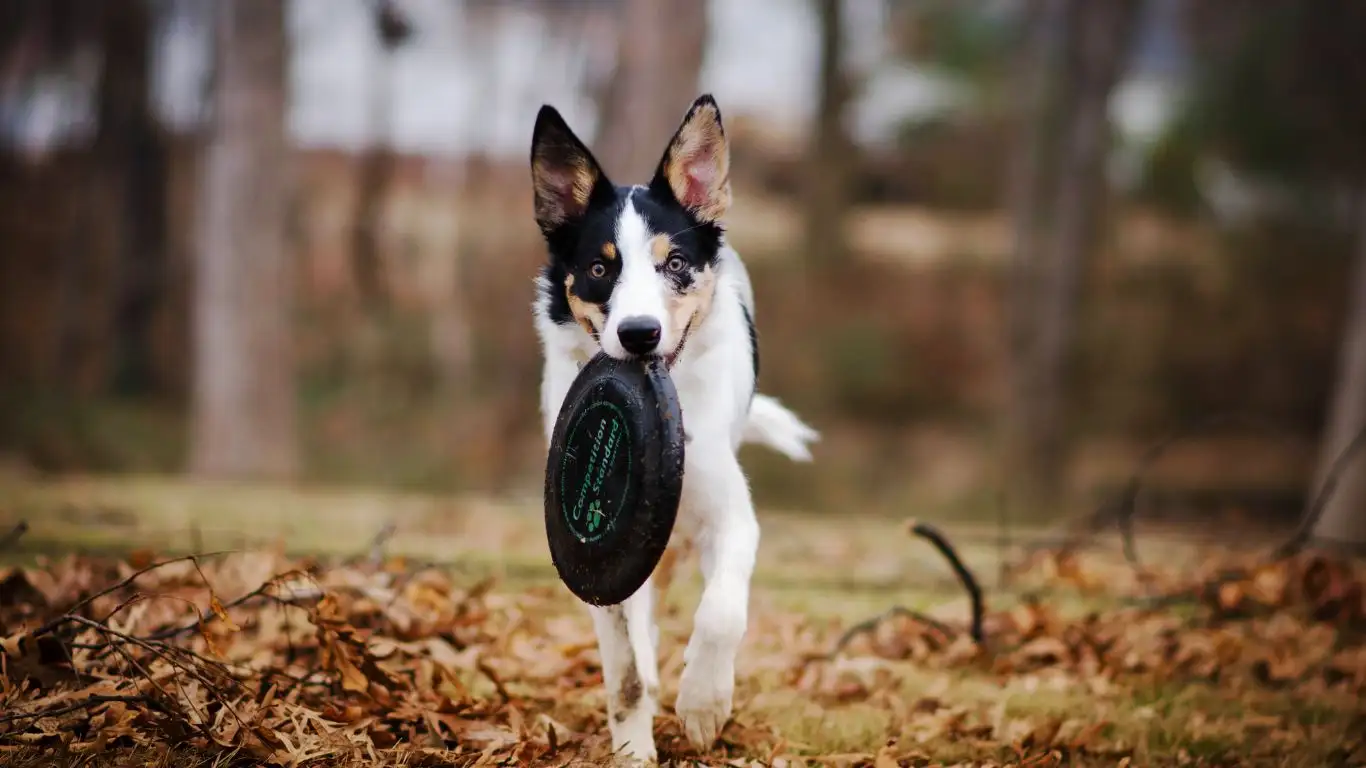
Despite your best efforts, some dogs may still whine or bark during the night. When this happens, the biggest temptation is to immediately let them out or give in to their demands—but from my experience, that usually backfires. Here’s how I handle it:
Ignore the Noise (When Appropriate)
If your dog is barking just to get attention, responding can reinforce the behavior. It’s hard, but try to ignore the whining or barking when you’re sure they don’t need to go outside or aren’t uncomfortable. Eventually, they learn that barking doesn’t get a reaction.
Check the Basics First
Of course, if you’re dealing with a young puppy or a dog new to crate training, some noises might mean real needs:
- Do they need a bathroom break?
- Is their water bowl empty?
- Are they in pain or unwell?
Always address these first before deciding to wait out the barking.
Use Calm, Low-Key Interventions
If ignoring doesn’t work and you need to intervene, try these gentle strategies:
- Speak softly but firmly, using the “quiet” command you’ve taught.
- Avoid eye contact or excitement, as this can encourage barking.
- Offer a treat or calm reassurance once they settle.
Remember, this is about teaching calmness, not rewarding noise.
Consistency Is Your Best Friend
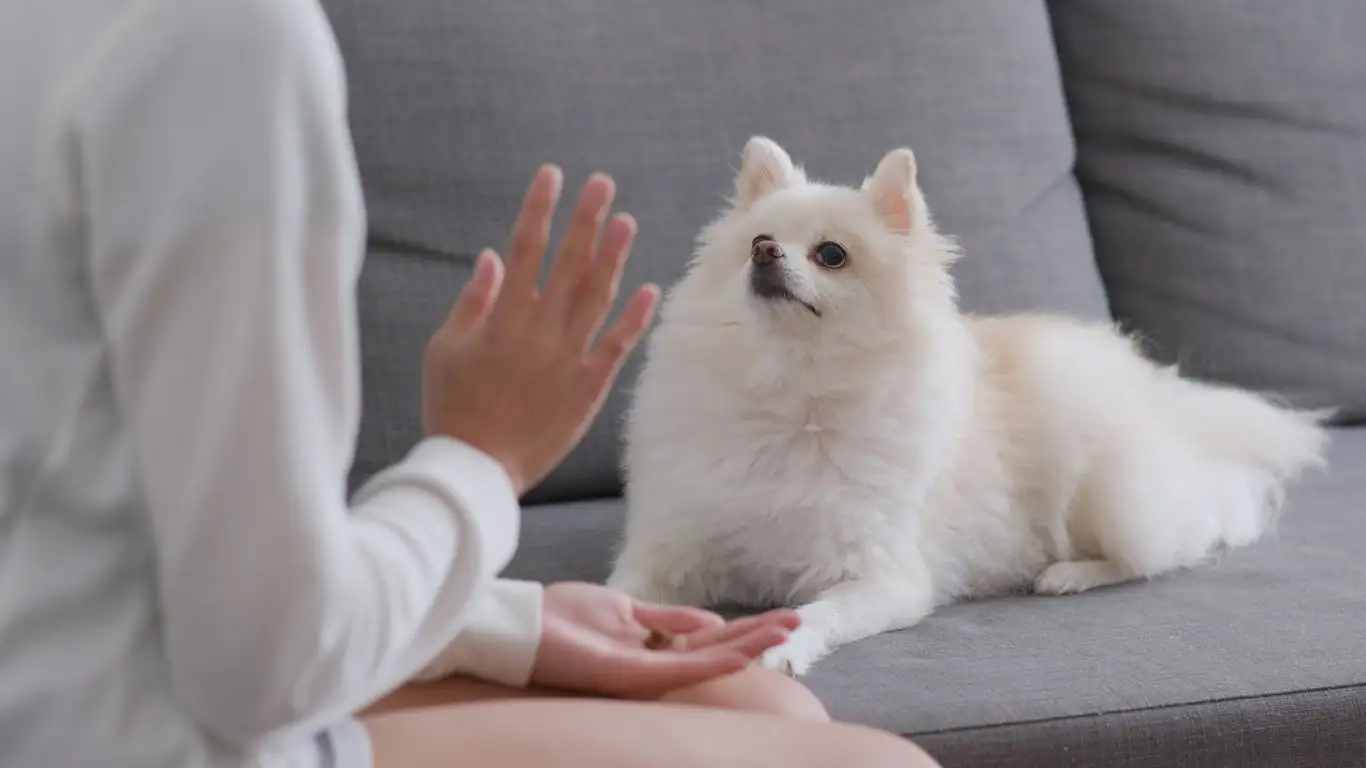
One of the biggest lessons I’ve learned in my work with dogs is how crucial consistency is. If you send mixed signals—sometimes letting your dog out when they bark, other times ignoring it—it’s confusing and frustrating for both of you. Stick to your plan:
- Keep bedtime and crate routines steady every night.
- Use the same commands and rewards to build clear communication.
- Be patient—training takes time, especially for behaviors like staying quiet overnight.
Over time, your dog will begin to trust the process and relax in their crate naturally. In fact, I’ve seen dogs who used to scream for attention transform into calm, confident companions who genuinely enjoy their crate time.
Next, we’ll explore advanced strategies and troubleshooting tips that can help if you hit roadblocks along the way.
Advanced Strategies to Keep Your Dog Quiet Overnight
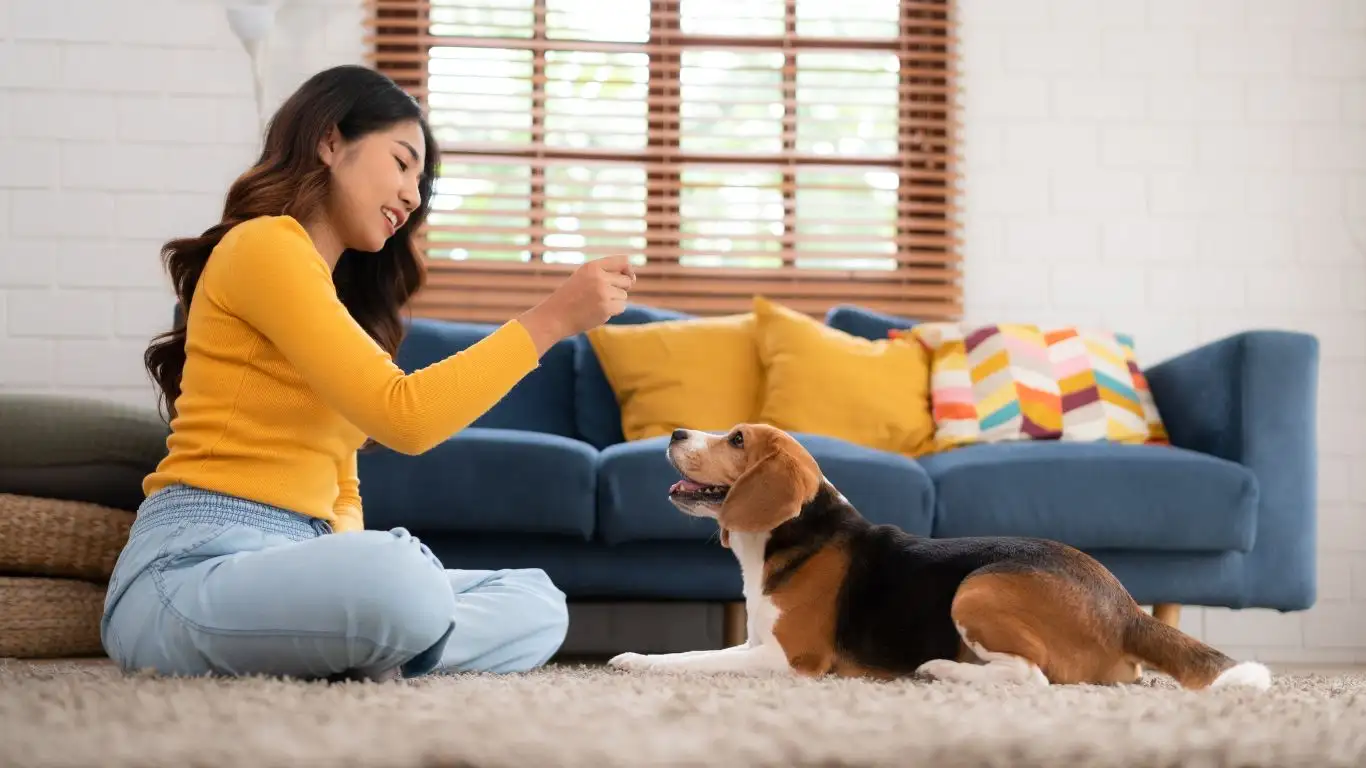
By the time you’ve tried the basics, you might find your dog is still struggling to stay quiet in the crate overnight. Don’t worry—that’s totally normal. Every dog is different, and sometimes a little extra finesse is needed. Over my years as a Canine-Assisted Therapy Trainer, I’ve learned that layering advanced techniques onto solid foundations can make a big difference.
Use a Crate Cover or Privacy Tent
Some dogs feel overwhelmed by sights and sounds, especially at night. A crate cover or a specially designed crate tent can help create a cozy, den-like atmosphere that soothes their senses. I’ve seen nervous dogs settle faster and stay quiet longer just by blocking out visual distractions.
Just make sure the cover allows enough airflow, and keep an eye on your dog’s comfort level with it. If they seem anxious, try partially covering the crate rather than fully enclosing it.
Try Calming Aids
There are a variety of products on the market designed to promote relaxation, from pheromone diffusers like Adaptil to calming collars and supplements. Based on my experience, these can be helpful tools but should never replace consistent training and routines.
Always consult your veterinarian before introducing supplements or medications, especially if your dog has health issues. I’ve worked with clients who found great success pairing behavioral training with vet-approved calming aids to reduce nighttime barking.
Consider Professional Help
If your dog’s barking or whining persists despite your best efforts, don’t hesitate to reach out to a professional trainer or behaviorist. Sometimes, underlying anxiety or other behavioral issues need expert intervention. I often collaborate with vets and behavior specialists to develop tailored plans for challenging cases.
Remember, seeking help isn’t a sign of failure—it’s a proactive step toward improving your dog’s well-being and your own peace of mind.
Troubleshooting Common Roadblocks
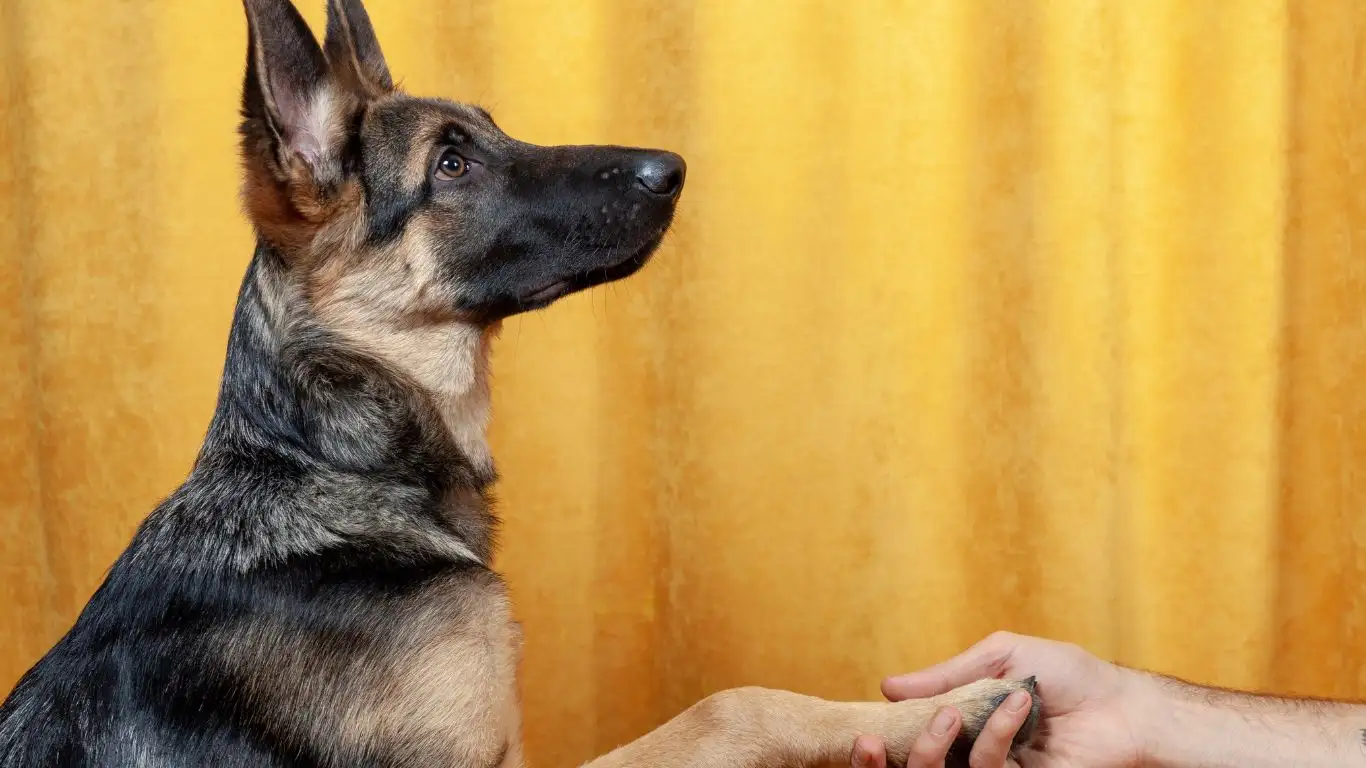
It’s totally normal to hit some bumps on the road when training your dog to stay quiet overnight. Here are a few common hurdles and how I recommend tackling them:
Nighttime Potty Needs
For puppies or dogs new to crate training, needing to go outside at night can cause whining. If this happens, try:
- Scheduling a last potty break right before bed.
- Limiting water intake an hour or so before bedtime (consult your vet first).
- Gradually extending the time between nighttime breaks as they grow.
Consistency here is key to teaching your dog to hold it through the night.
Separation Anxiety
This is a tougher challenge and can make quiet crate nights feel impossible. If your dog panics when left alone, try:
- Gradually increasing alone time during the day in the crate.
- Providing safe chew toys or interactive feeders to distract and calm.
- Using calming background noise or pheromone sprays.
In severe cases, professional guidance is invaluable, and sometimes medications prescribed by a vet can help ease anxiety while you work on behavior.
Excess Energy or Boredom
If your dog is bouncing off the walls come bedtime, they’ll be far more likely to vocalize. Before crate time, make sure to:
- Engage in active play or a brisk walk.
- Offer mentally stimulating toys or training exercises.
- Create a consistent wind-down period before bed.
These simple steps can make your dog’s nighttime quiet much easier to achieve.
Final Thoughts on Training Your Dog to Stay Quiet in the Crate Overnight
Training a dog to be quiet overnight in their crate isn’t about quick fixes or harsh punishment—it’s about building trust, comfort, and clear communication. The techniques I’ve shared come from years of working closely with dogs and their owners, always with patience and compassion. The key is to be consistent, gentle, and attentive to your dog’s needs.
As with any training, remember that setbacks happen and that’s okay. Celebrate the small wins, stay committed, and don’t hesitate to ask for professional support if needed. Your dog will thank you with peaceful nights and a happy, calm demeanor.
References
- American Kennel Club
- ASPCA
- American Veterinary Medical Association
- American Gastroenterological Association
Disclaimer
This article is intended for informational purposes only and does not replace professional veterinary advice or personalized training. Always consult with your veterinarian or a certified dog trainer for guidance tailored to your dog’s specific needs.

